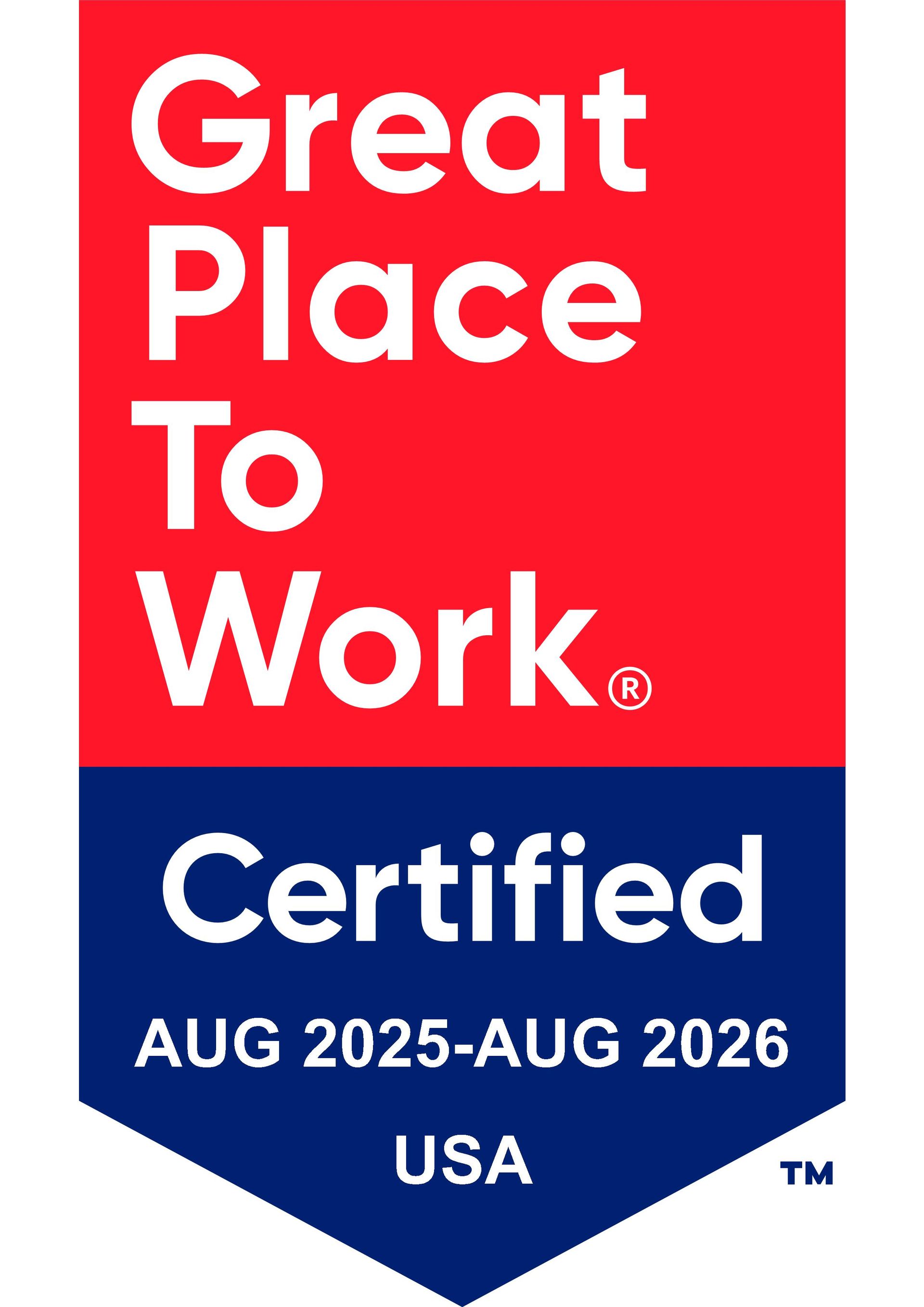
What Is a Maturity Model in Business?
19 January 2023

Various performance evaluation tools can be used for evaluating different aspects of a business to help identify areas for improvement, improve upon processes, improve upon products, and grow departments and the business as a whole. Some evaluation tools might be as simple as a survey, whereas others are more robust software tools. For example, employee benefits surveys can help organizations understand their employees’ needs and benefit utilization to improve their platforms, leading to increased employee morale and retention. Performance appraisals and evaluations help organizations identify gaps and issues and grow their staff and leadership teams.
Maturity models are another performance evaluation tool that business-oriented and software development companies utilize to measure their management styles and processes. When considering a maturity model for your business, there are different types based on your specific needs.
What Is a Maturity Model in Business?
A maturity model helps software development and business teams determine how well their processes and projects are going and if continual improvement and progress are possible. They also help organizations assess their products. Maturity models help you answer:
• How capable is our organization, process, or system of achieving continuous improvement?
• How good is our business, process, or system at self-improvement?
A unique benefit of maturity models compared to other goal-driven measuring tools is their ability to assess qualitative data that allows a company to evaluate performance and long-term trajectories.
Why Are Maturity Models Valuable?
Maturity models help answer the question: Are companies maturing through constant growth, improvement, and testing? Maturity models can determine and apply different levels of effectiveness, which then allows the model to precisely identify where a team, project, person, product, or company is currently positioned.
Implementing maturity models offers several benefits, including the ability to focus on improvement and learning. Through identifying the current position of a team, project, person, or process, what needs to be changed for movement to the next step or level is highlighted. Additionally, they reveal evidence about an organization’s potential and current state while providing flexibility in terms of performance monitoring.
Levels of Maturity
Each maturity model assigns levels to processes to indicate their level of maturity. Generally, there are five levels, regardless of the maturity model, with level one being the lowest in maturity and level five being the highest.
According to Indeed’s Career Guide, the following five levels are used for the different types of maturity models, with some variation, to assess an organization’s process maturity.
• Level 1 – Initial: The initial level is the lowest level. It characterizes inconsistent management practices or teams that react to crises rather than predict them. As a result, processes are unpredictable, reactive, and poorly controlled.
• Level 2 - Managed: The second level defines teams and businesses with a management foundation, but the individual teams within the business still work in silos with minimal collaboration or evidence of incorporating improvement strategies. Processes are characterized by projects and are often reactive.
• Level 3 – Standardized: The standardized, or process management, level means the business is aware of its processes and is working toward consistency and uniform delivery. More proactivity occurs at this level.
• Level 4 – Predictable: At the predictable level, also referred to as the managed level, organizations use their process infrastructure and asset capabilities to achieve reliable results by controlling the variations within their outputs. Processes are controlled and measured.
• Level 5 – Optimizing: At this level, companies are continuously improving and focused on innovation. The focus is on process improvement.
Types of Maturity Models
There are several types of maturity models available, four of which include the:
• Capability maturity model
• Business process maturity model
• Product Management Maturity Model
• Agile ISO maturity model
Capability Maturity Model
Originally created in 1986 through funding by the US Department of Defense to study business practices and the performance of numerous private military contract entities, the capability maturity model aimed to improve existing software development processes. Today, the capability maturity model is now also applied to other business processes. “Maturity” refers to the degree of optimization and formality of processes.
The maturity model compares the maturity of an organization to best practices in the industry. Models can be used to evaluate effective management techniques, awareness of current business processes, and areas for improvement through the measurement of results and then assigning maturity levels based on those results. For the capability maturity model, the five levels outlined above are related to development processes.
Business Process Maturity Model
Through the use of feedback and qualitative measures, business process maturity can illustrate how imminent a developing process is to completion and the capability of ongoing improvement after completion. For a process to be labeled mature, according to iSixSigma, it must be automated, complete in its usefulness, continuously improving, and reliable in information.
A business process maturity model also focuses on domain process areas—specifically strategies that teams and organizations can apply—to get to the next model level. Examples of domain processes include work unit control and monitoring, product assurance requirement management, and change management tools.
Product Management Maturity Model
Companies have come to realize that they must evaluate how their products are being managed in addition to evaluating items like functionality, revenue, and customer numbers. With this realization comes a shift from project-based, incremental product development to a more holistic product development approach that looks at all the ways consumers interact with a single product. Another element of consideration is how different teams manage different products. A product management maturity model evaluates the performance of systems, processes, and people that support a particular product.
Agile ISO Maturity Model
The agile ISO maturity model (AIMM) can standardize levels to define expectations determined by an international body—the International Organization for Standardization (ISO)—to help minimize criticism many have towards some of the other models. The ISO maturity model focuses more on individual phases of the development life cycle vs sequential development and emphasizes the use of agile business process management tools to reach ISO-level standards.
Benefits of Maturity Models
There are several benefits organizations can appreciate when utilizing maturity models, including:
• Team alignment
• It can be applied to varied audiences
• Enhanced learning
• Improved abilities
Team Alignment
By identifying shortcomings, leadership can apply daily changes and updates to improve operations and raise them to the next maturity level. Also, thanks to the measurement of qualitative progress, internal strategies with goals that align with your specific priorities and needs can be implemented.
Can Be Applied to Varied Audiences
Though initially created and designed to support software development, maturity models have been updated and modified to apply to a variety of circumstances and business types and sizes.
Departments and teams of all types and sizes apply maturity models, including those in academics, process specialists, and small and large businesses.
Enhanced Learning
In addition to being able to understand what level you’re at, you also get the benefit of steps you can take to get to the next level.
Improved Abilities
By considering your current level and identifying weaknesses and strengths, you can then prioritize areas for improvement. From there, your team can develop strategies for improvement to get you to the next level.
Key Takeaways
• Maturity models are another performance evaluation tool that business-oriented and software development companies utilize to measure management styles and processes.
• Maturity models help software development and business teams determine how well their processes or projects are going and if continual improvement is possible.
• A unique benefit of maturity models compared to other goal-driven measuring tools is their ability to assess qualitative data that allows a company to evaluate performance and long-term trajectories.
• Several types of maturity models are available, including the capability maturity model, business process maturity model, product management maturity model, and agile ISO maturity model.
• Generally, there are five levels, regardless of the maturity model, with level one being the lowest in maturity and level five being the highest.
• Level 1, the initial level, is characterized by inconsistent management practices or teams that react to crises rather than predict them.
• Level 2, the managed level, defines teams and businesses that have a management foundation, but the individual teams within the business still work in silos with minimal collaboration or evidence of incorporating improvement strategies.
• At level 3, the standardized level, the business is aware of its processes and is working toward consistency and uniform delivery.
• At level 4, the predictable level, organizations use their process infrastructure and asset capabilities to achieve reliable results by controlling the variations within their outputs.
• At level 5, the optimizing level, companies are continuously improving and focused on innovation.
• Benefits organizations can appreciate when utilizing maturity models, including team alignment, enhanced learning, and improved abilities, and they can be applied to varied audiences.
Maturity Models and Continuous Improvement
Maturity models help set out internal strategic goals for businesses resulting from qualitative progress measurement. This allows for growth, optimizations, and more effective and smoother-running processes and systems. Which maturity model might work best for your business needs per the information provided above?



